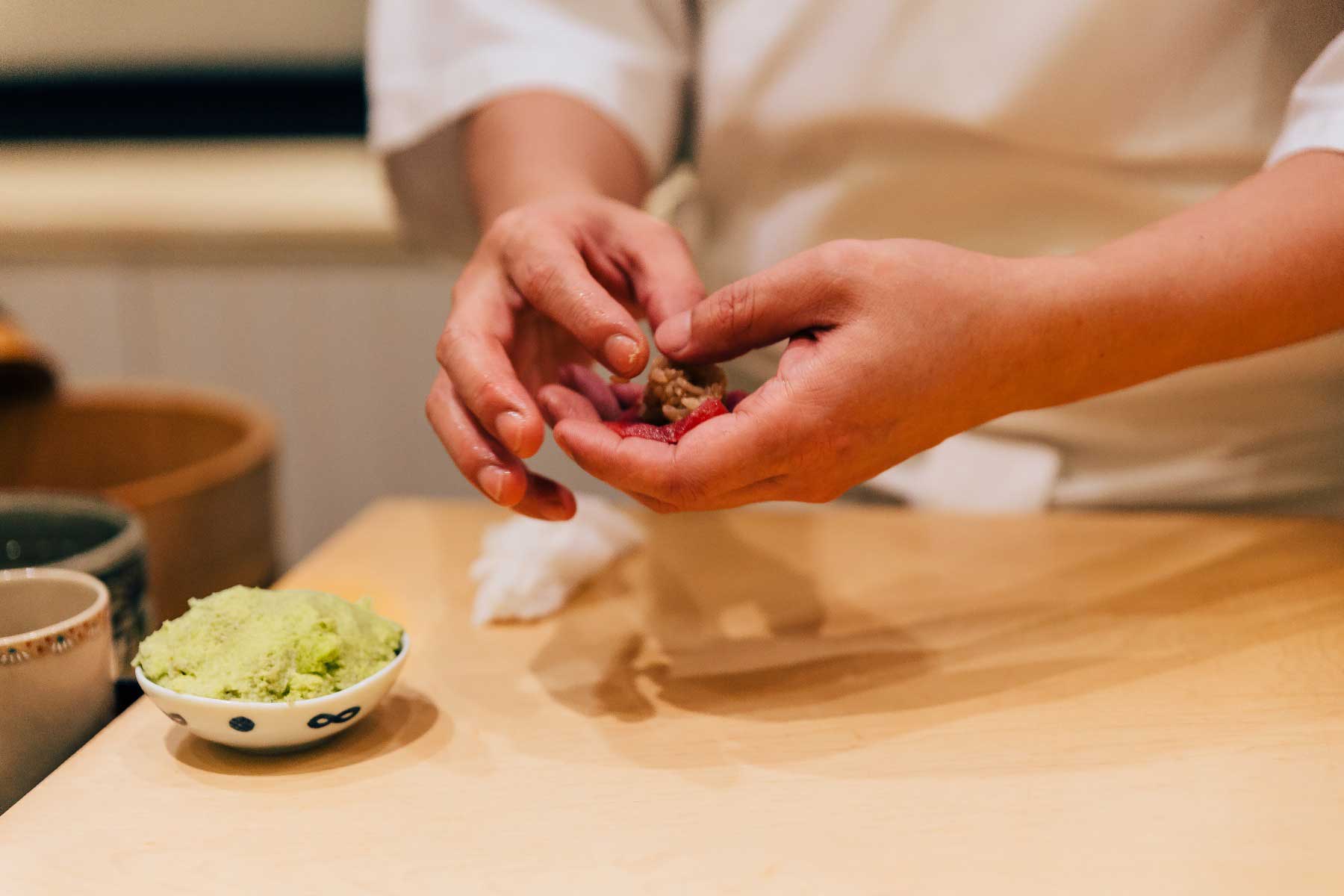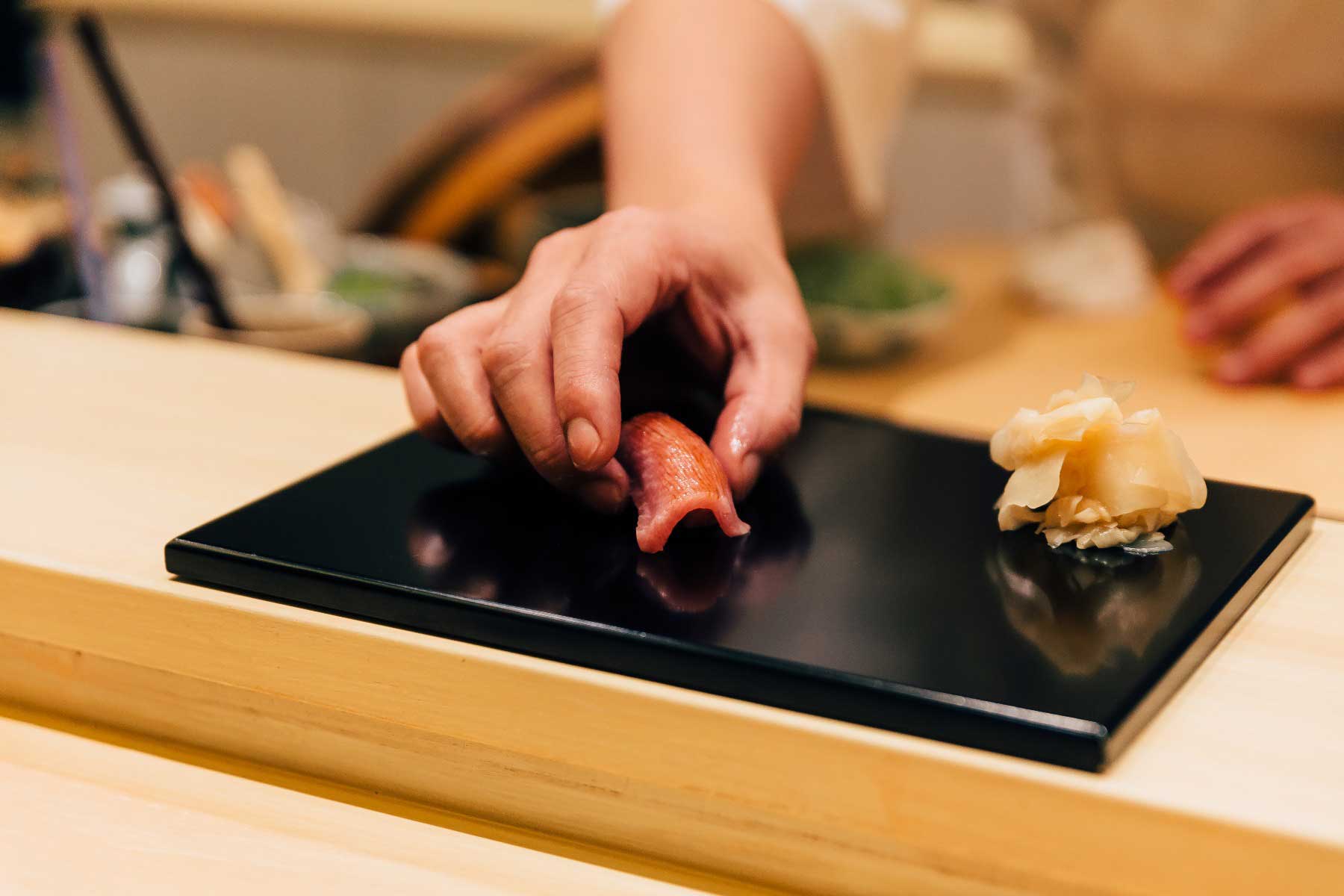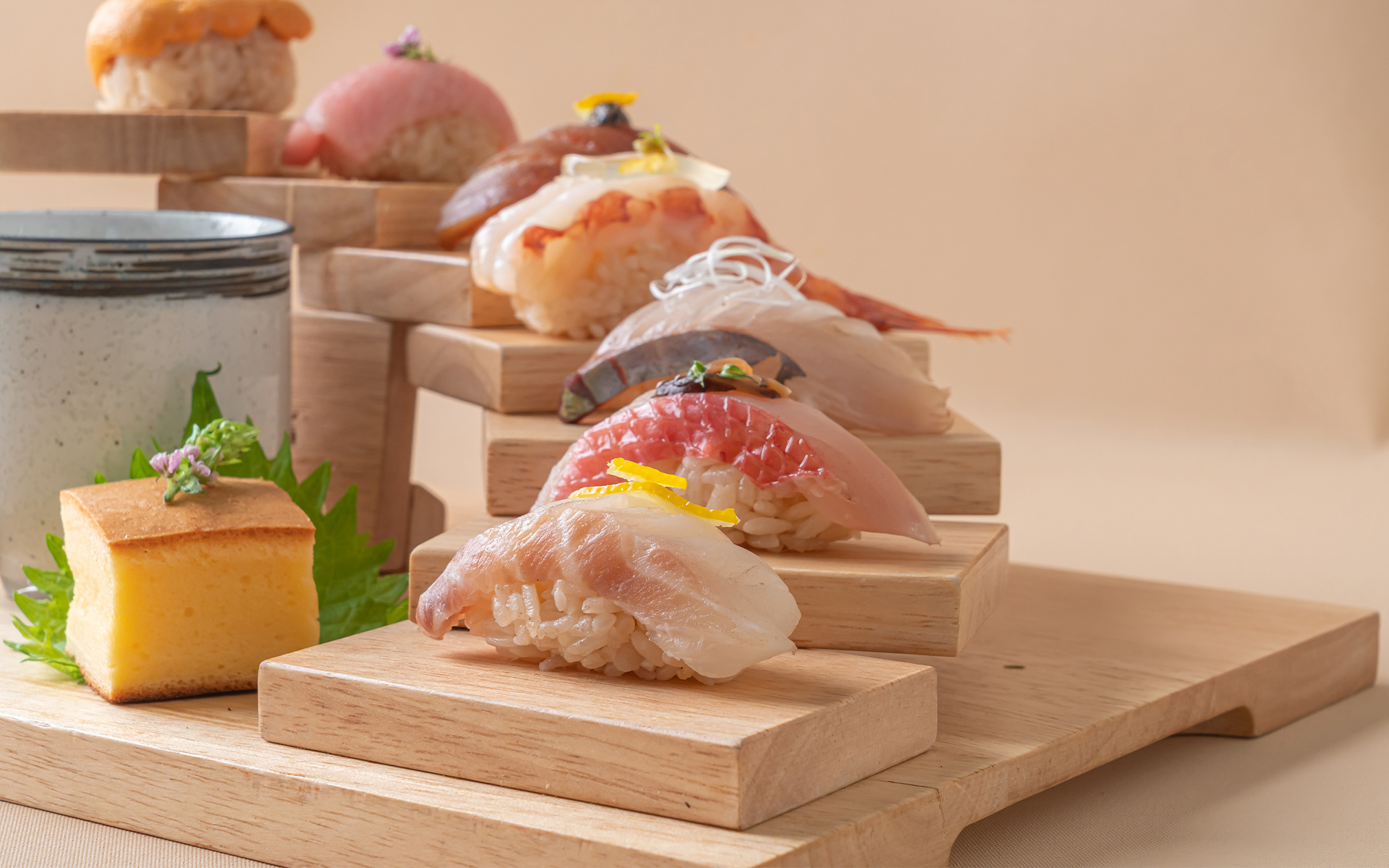Japanese Cuisine
In 2011, Japan overtook France to become the country with the most 3-starred restaurants. As of 2018 the capital Tokyo has maintained the title of the city with the most 3-starred restaurants in the world. According to Qdaily, a news website, Japanese restaurants in China reported total revenue of 161 billion yuan in 2016, and outperforming even domestic Cantonese and Jiangzhe cuisines, which figure among the most popular Chinese food. In fact, the average Japanese meal costs almost twice as much as the average Chinese restaurant meal.
Japanese restaurants can be quite small, with diners receiving personal attention from the chef. Restaurants with a limited number of seats usually try to provide an intimate and meaningful food experience for their guests. Many consumers associate Japanese cuisine with good health. Foods like sushi are getting increasingly popular among both young and senior people as they are less oily and contain more healthful ingredients. For sushi obsessives, few words incite the level of glorious anticipation as omakase.


What is Omakase?
Short for “omakase shimasu” the phrase translates into trusting one’s fate in another’s hands, and has come to refer to the Japanese tradition of letting the chef decide what you’ll be eating. Omakase gives diners a chance to interact intimately with the sushi chef as well as the food. Being able to experience all the textures of your food and being a part of the preparation process enhances the taste of food indirectly.
Unlike traditional restaurants, you don’t just eat at Omakase. You enjoy a show of sorts. It’s like doing everything live. Smells. The sound of frying. The aroma of hinoki wood. That is the space to create in Omakase. You can even hear the sound of fish being cut as the movement of each knife. Here, you enjoy this live performance. Chef uses the elements of theatre to dramatize the dining experience to completely immerse the diners in the meal. It’s a kind of show. You probably to enjoy even before eating.
A lot of times omakase is mixed up with kaiseki. They both involve Japanese cuisine but they are different experiences. Kaiseki is fine dining at its best with a pre-fixed menu. It is a multi course meal that usually comprises 9 to 15 small dishes. Omakase, on the other hand, involves a more intimate experience with chef. It doesn’t have a fixed menu. The chef often improvises and the meal progresses based on the diner’s reaction. With every bite you take, the chef observes your reaction to dictate their next move.
The best place to try Omakase may depend on your budget. It can quickly get very expensive. Whatever you do, don’t buy on price alone. You may get something of amazing quality for affordable price, from a place that’s less famous.



